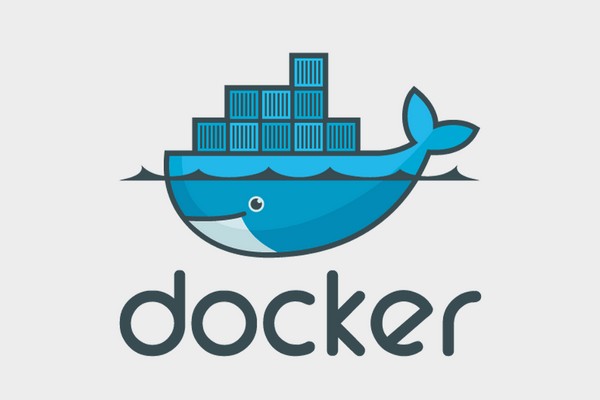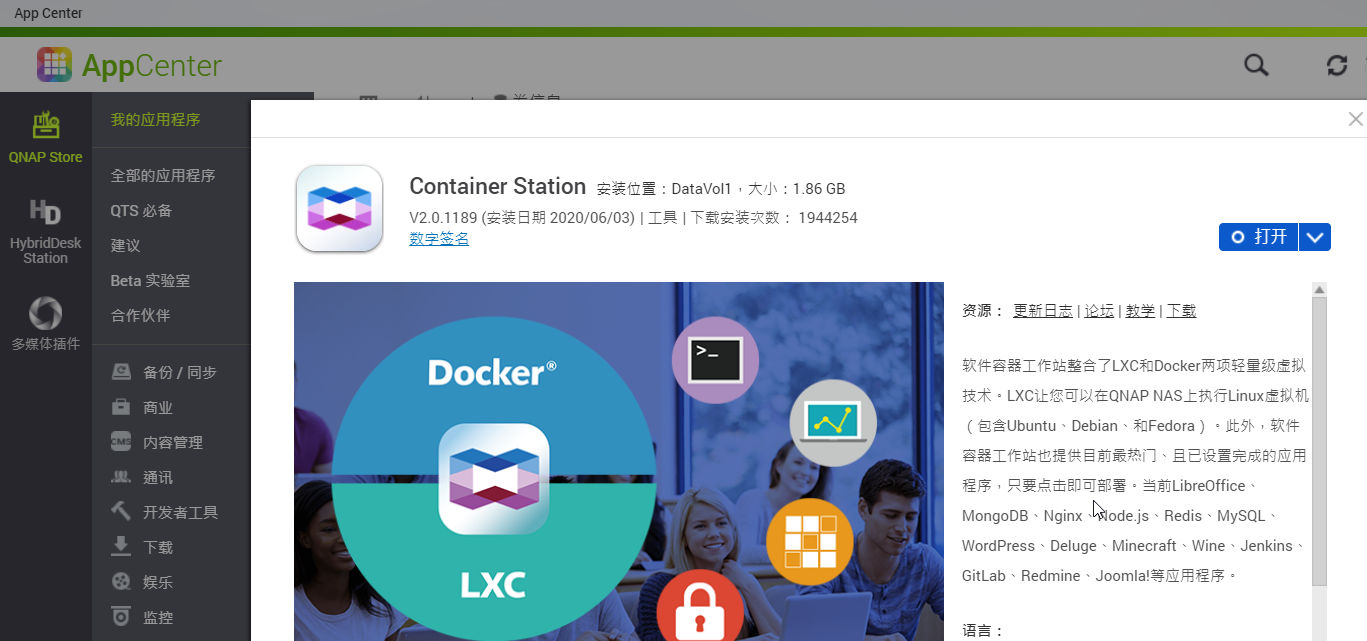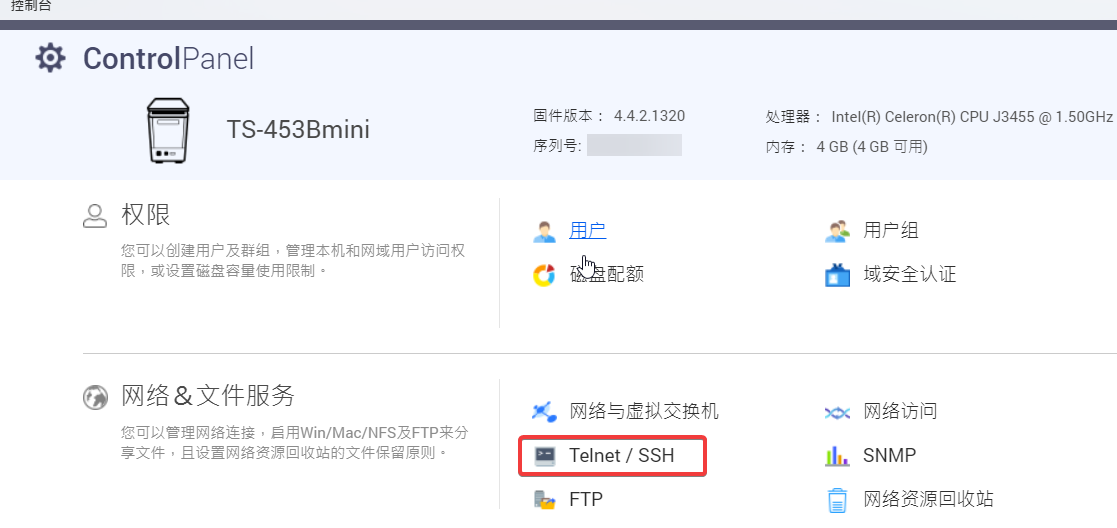Installing Docker Containers and Configuring Docker Image Sources on QNAP (QTS)
Publish: 2020-06-13 | Modify: 2020-06-13
The QNAP TS-453B mini, which I previously purchased, supports the installation of Docker container services. Using Docker containers allows for environment isolation, convenience of use, and ease of maintenance. In cases where certain software does not support the QNAP system, Docker can be used for indirect support, greatly enhancing versatility.

Installing Docker
In the QTS system, the Docker container software is called "Container Station". Simply open the AppCenter and search for this software to install it, as shown in the image below.

Enabling SSH
To easily modify Docker configuration files, SSH login needs to be enabled. Open the QTS Control Panel, go to "Network & File Services", and find Telnet/SSH. Follow the on-screen instructions to enable SSH service, and then login using the QTS administrator account/password.

Modifying Docker Repository Mirror
If you are using a network environment in China, you may find that pulling Docker images is very slow. In this case, you need to switch to a Chinese Docker repository mirror to improve the download speed.
After installing Docker on QNAP, the configuration file is located at /share/CACHEDEV1_DATA/.qpkg/container-station/etc/docker.json. You can use the vi command or SFTP to download it and make modifications. The original content is as follows:
{
}Modify it to:
{
"registry-mirrors": ["http://hub-mirror.c.163.com"]
}The above configuration uses the Docker image address provided by NetEase 163. After making the modification, you need to restart the Docker service for it to take effect: /etc/init.d/container-station.sh restart. Finally, you will notice a significant improvement in the speed of pulling Docker images.
Conclusion
Getting started with Docker itself is not complicated, but tinkering with Docker requires some basic knowledge. Otherwise, when using the QNAP Container Station suite, you may encounter many parameters that you don't understand, which can hinder the deployment of Docker images.
In the future, I will share articles on installing useful software on QNAP (QTS) Docker (Container Station). Stay tuned!
- Docker tutorial: https://www.runoob.com/docker/docker-tutorial.html
- This article references: 修改威联通qnap的docker加速镜像地址
Comments

xiaoz
I come from China and I am a freelancer. I specialize in Linux operations, PHP, Golang, and front-end development. I have developed open-source projects such as Zdir, ImgURL, CCAA, and OneNav.
Random article
- How to Check Which Process is Occupying Disk IO in Linux
- [AD] All-platform Film and TV Artifact, More than just Blu-ray, There are also Bonus Resources!
- [AD] Comodo Positive SSL Certificate for only 98 yuan for two years
- Affordable VPS by Rectified, starting from $1.5/month, free DDoS protection
- Installing fail2ban + Firewalld on CentOS 7 to prevent brute force and CC attacks
- Duojiyun Double 11 Event: CDN as low as 3.8 yuan/100GB
- Get 30% off discount code for Hengchuang Hosting
- A Locally Focused Note-taking App "SiYuan Notes" Supports WYSIWYG Markdown
- Rapid Speed Causes AMH Panel Unable to Download Modules
- How to Add M3U TV Live Streaming to Jellyfin